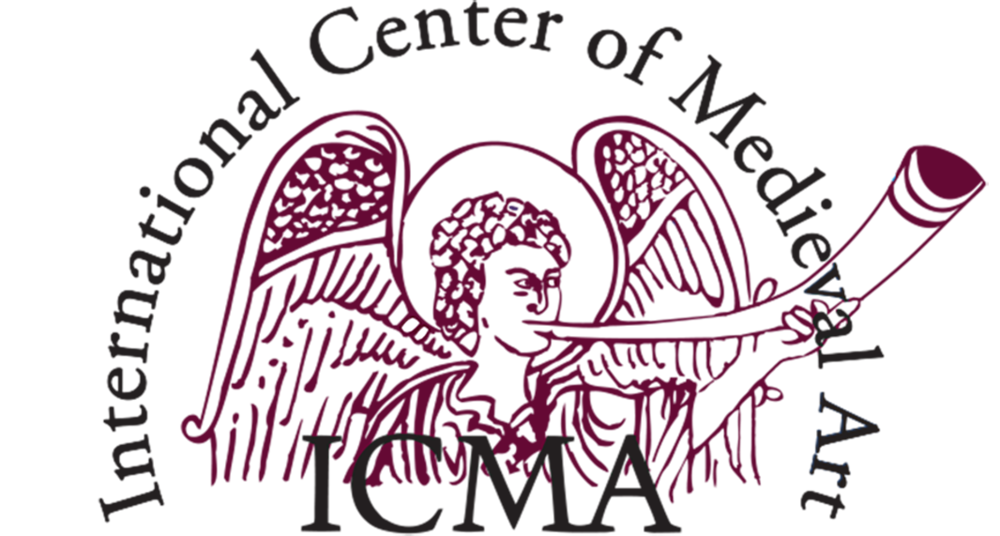CONFERENCE ON VISIBILITY
WAYS OF SEEING AND STRATEGIES OF VISUALIZATION
XXXI INTERNATIONAL COLLOQUIUM OF THE CORPUS VITREARUM
TECHNOLOGY, CONSERVATION AND RESTORATION OF STAINED GLASS
XII INTERNATIONAL FORUM ON THE CONSERVATION AND TECHNOLOGY OF HISTORIC STAINED GLASS
ERFURT AND NAUMBURG, 15–19 JULY 2024
The question of what exactly can be seen - or should be seen - is connected with the medium of stained glass in a special way, yet a systematic examination of the topic of "visibility" has been lacking until now. This is what the conference aims to achieve in an initial overview. The term has aesthetic as well as religious, political, sociological and technological dimensions. In relation to the specific materiality and spatiality of stained glass, diverse questions arise in relation to staged, directed and historically ever-changing visibility.
With their luminosity, glass paintings convey enormous visual impact within architectural space, but often elude unhindered perception due to their great distance from the viewer or their problematic state of preservation. The ability of the translucent material glass to lend immaterial quality to what is depicted on it served to make visible and convey transcendental beliefs. The relationship between these abstract-transcending levels of effect and concrete-pictorial, "readable" messages must be discussed continually. At the same time, the medium could be used to define spatial hierarchies, for which aspects of lighting and staggered visibility played a role, alongside the coordination of pictorial programmes.
The general theme also touches on core technological and restorative questions, which concern the investigation of material-technical innovations as well as, for example, the area of conservation and presentation of fragmentarily preserved stained glass. In the public discourse of recent years, the desire to make lost or heavily altered works of art visible again is becoming increasingly widespread, often in contradiction to conservation ethics and guidelines for the preservation of monuments. In addition, new concepts of digital and museum presentation are making a contribution to making objects that are difficult to view, have been deposited or have changed over the centuries accessible in a visually appealing way and to permanently secure them for research and documentation. Especially in the context of restoration debates, historical changes and recontextualisations, the political dimension of perception also becomes apparent.
The cooperation of art historians and conservators, anchored in the scientific and practical traditions of the Corpus Vitrearum, can thus unfold its full interdisciplinary potential in this field, which includes not only approaches from art and architectural history, but also from natural and digital sciences. In this way, the conference results can also generally expand and stimulate the research discussion on "visibility" in the art and cultural sciences.
For the program and more information, visit https://corpusvitrearum.de/colloquium2024

